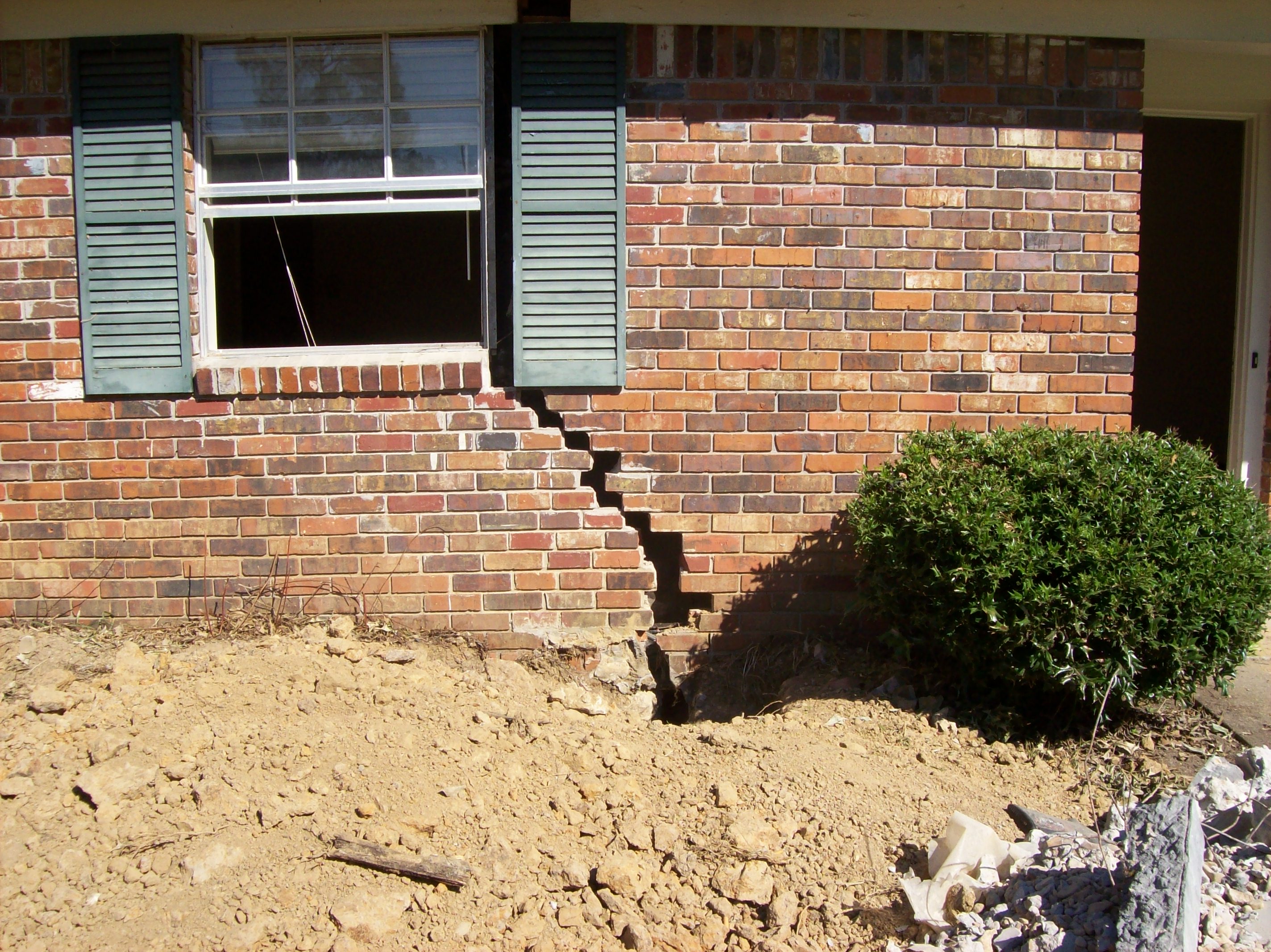Thrasher foundation repair: Welcome to the Basement Learning Center. We’re here to guide you through the reasons basements get wet and the variety of options available for fixing and preventing future moisture issues. Every basement is vulnerable to water intrusion, regardless of the material, construction, or layout of the space, from poured concrete foundations to basements with monolithic, stone, block or tile walls, water will find a way in. That’s because the way basements are constructed inherently leads to basement leaks, cracks, and moisture issues. First find what’s wrong with the foundation. For example, if it is a damaged block, you need to remove the block and measure the length of the gap or missing block. Mix up molder and replace the new block, making sure it rests evenly.
A concrete foundation is a base for a structure. The type and size of concrete foundation you will need is based on the structure you will place upon it. You may need a concrete foundation for a fountain, or your patio furniture, or even for an air conditioner unit.
Read on: 27 Ways on How to Choose Best Commercial Real Estate Lawyer near me
Thrasher foundation repair

1. Choose the type of foundation to build.
The type of foundation depends on the area of the foundation will be located on and the type of structure that will be placed on it.
- Shallow foundations are built on level ground and hard surfaces. Shallow foundations are no more than 3 feet (0.91 m) (91.44 cm) deep and are used primarily for smaller, simpler projects like holding patio furniture, a fountain, or an air conditioning unit.
- Deep foundations are used for more complex projects. Deep foundations are also used when soil conditions are poor or when building a structure on a hill. Deep foundations are more than 3 feet (0.91 m) (91.44 cm) deep and can have varying depths throughout. This type of foundation is suited for a shed or a detached garage.
Thrasher foundation repair
2. Set your footings 2 feet (0.61 m) (60.96 cm) across.
Add 2 feet (0.61 m) (60.96 cm) on either side. This properly spaces the form work and allows you the space you need to lay your foundation.
3. Align the 2 inch wide by 10 inch long (5.08 cm wide by 25.4 cm long) boards to build the forms for your footings.
Situate and lay down the boards in the planned foundation shape and size.
Thrasher foundation repair
4. Square and level the form.
5. Make your concrete.
- Dump the dry cement into the wheelbarrow.
- Add the water very slowly. Stir constantly.
- Stir the mixture thoroughly. Mix in just enough water so your cement is chunky. Don’t let the mixture get too soupy.
- Remember to wear safety glasses, gloves, and a mask when mixing concrete.
6. Make your concrete foundation.
- Pour your ready concrete into your form.
- Use your trowel to level it off and smooth it over.
- Make grooves with your trowel if you want a non-slippery surface.
Thrasher foundation repair
7. Finish your concrete.
- Let the concrete dry.
- Remove the forms after the concrete thoroughly dries. This will take at least 24 hours.
- Keep the concrete wet to avoid cracking if it’s hot outside. Soak it with a hose at least twice daily, three times if it is very hot outside.
- Cover the pad if it looks like rain. Rain can cause depressions in the concrete and cause your foundation to be uneven.
- Be sure and clean all your tools right after using them. Hardened concrete is difficult to remove and can damage your tools.
8. Things You’ll Need
- Boards
- Shovel
- Wheelbarrow
- Cement
- Water
- Aggregate
- Trowel